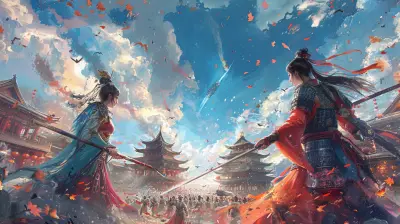How Multiplayer Games Are Embracing Narrative
20 September 2025
Let’s keep it all the way real: multiplayer games used to be the wild west of digital mayhem. You’d hop into a lobby, trash talk strangers, and maybe, just maybe, survive to the final circle. Story? Plot? Character arcs? Nah, those were for the single-player crowd sipping on their narrative tea. But oh, how times have changed! Multiplayer games have pulled up a chair at the storytelling table, and they're telling stories that punch, twist, and linger just as much as any solo campaign.
So, let’s dive into the juicy details and unpack exactly how multiplayer games are embracing narrative—and doing it like absolute pros.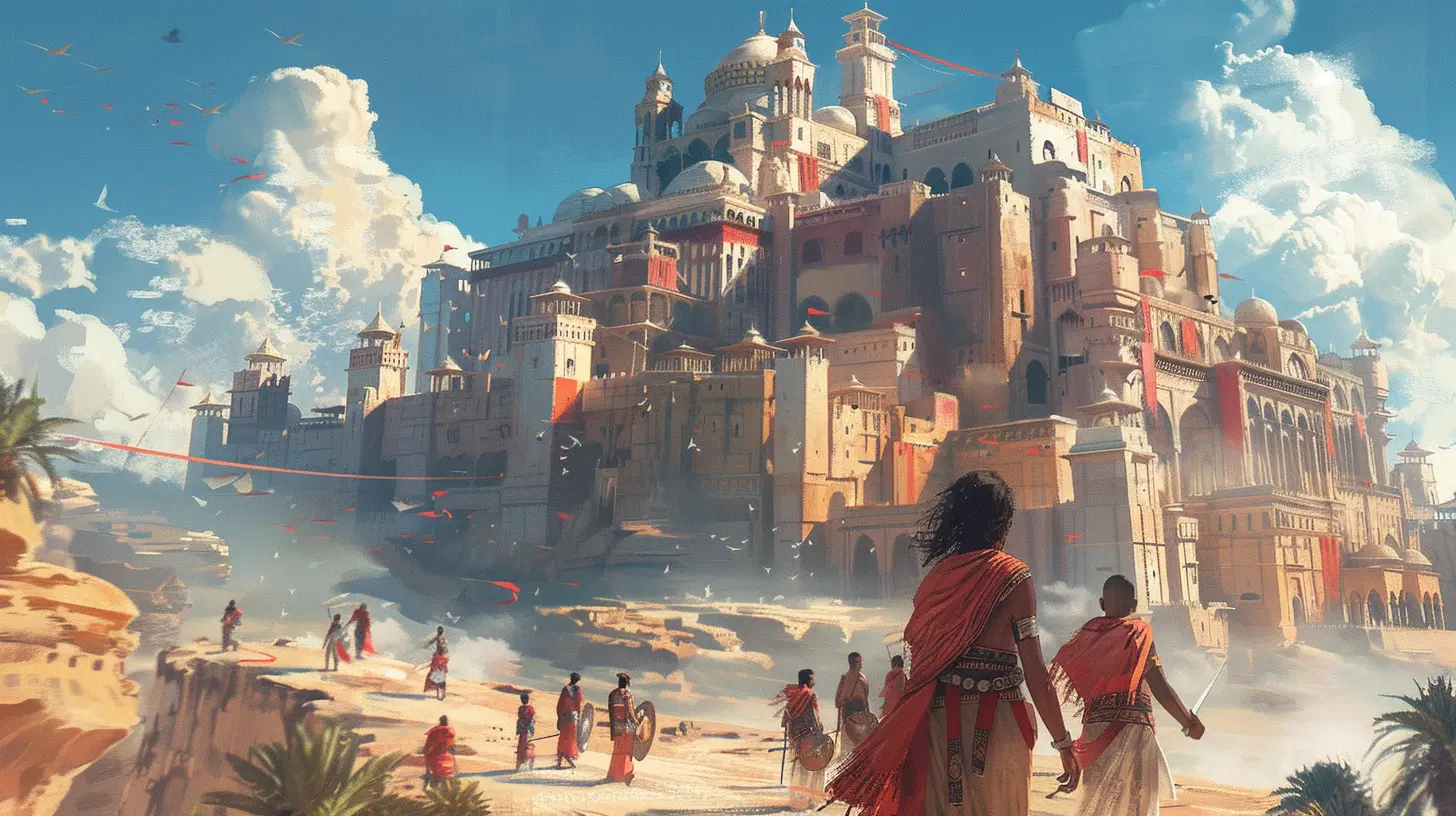
The Old School Mentality: Multiplayer Was All About Action
Back in the day (cue nostalgic 8-bit music), multiplayer games were all about high scores and quick reflexes. Think classics like Counter-Strike, Quake, or Halo 2. These titans defined the genre, but narrative? That took a backseat—scratch that, it wasn’t even in the car.The focus was pure competition. You logged in to win. Period. There was no backstory needed to know that red team bad, blue team good. But as gamers evolved, so did their appetite. We didn’t just want to frag; we wanted to feel.
So, what changed?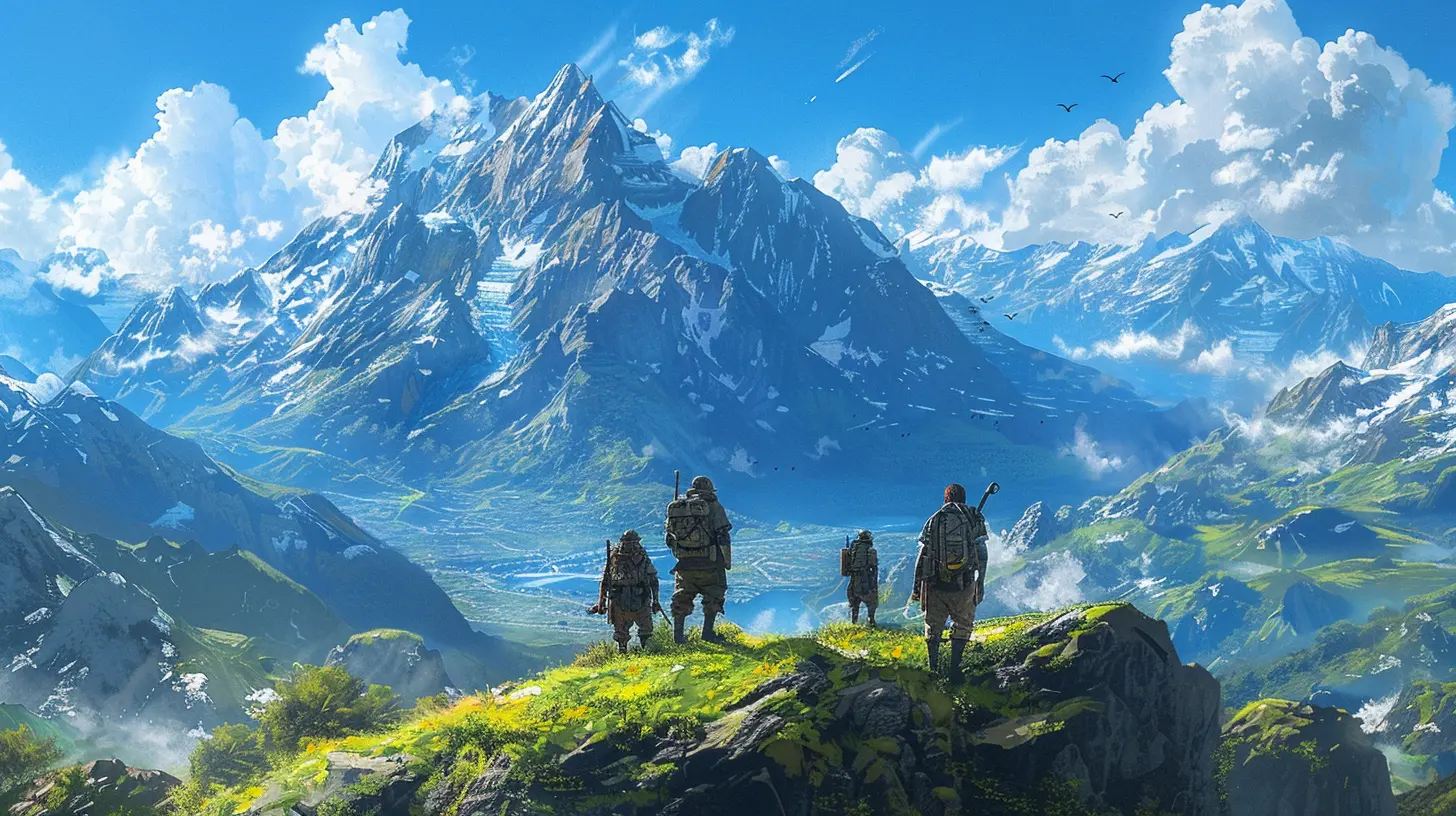
The Rise of Story-Driven Multiplayer
Enter the 2010s—a golden era when devs realized, "Hey, maybe people want more than just kill counts." And boom! Just like that, narrative found a cozy corner in multiplayer design.Games like Destiny, Overwatch, and Apex Legends didn’t just throw players into maps; they threw them into worlds. Complete with rich lore, memorable characters, and plotlines that unravel over time—sometimes even in real-time.
Let’s break that down.
1. Lore as a Lurking Shadow
You know that creepy feeling when you step into a mysterious map and sense there’s more beneath the surface? That’s lore, baby. Developers have been sneaking subtle world-building details into multiplayer environments—audio logs, visual cues, mysterious messages—and players eat it up like popcorn at a midnight movie.Example? Think Rainbow Six Siege. Each operator has a bio, a backstory, and even relationships with the others. That’s not just fluff; that’s narrative tension fueling your next round.
2. Storytellers in PvP Gear
You might think mixing story with PvP is like pouring syrup on pizza—sounds wrong, but holy hell, it actually works when it’s done right.Overwatch is a masterclass in character-driven lore. Blizzard didn’t give us a traditional campaign, but instead, it dished out cinematic shorts, comics, and voice lines that revealed personalities, rivalries, and deep-rooted conflicts. Suddenly, you weren’t just pushing the payload—you were continuing a living, breathing storyline.
3. Episodic Storytelling & Live Events
Say goodbye to static games. Today’s multiplayer hits are dynamic storytelling machines. Live events, seasonal arcs, and rotating missions are the new hotness.Let’s talk about Fortnite. Yeah, it's the home of cringe dances, but also—surprise!—one of the most ambitious narrative sandboxes out there. Epic Games has weaved together black hole events, time travel, interdimensional chaos, and cultural crossovers that would make Marvel jealous.
Every season tells a part of a bigger story, and players are not just spectators—they’re participants. It’s like being in your own blockbuster movie where your squad is both cast and crew.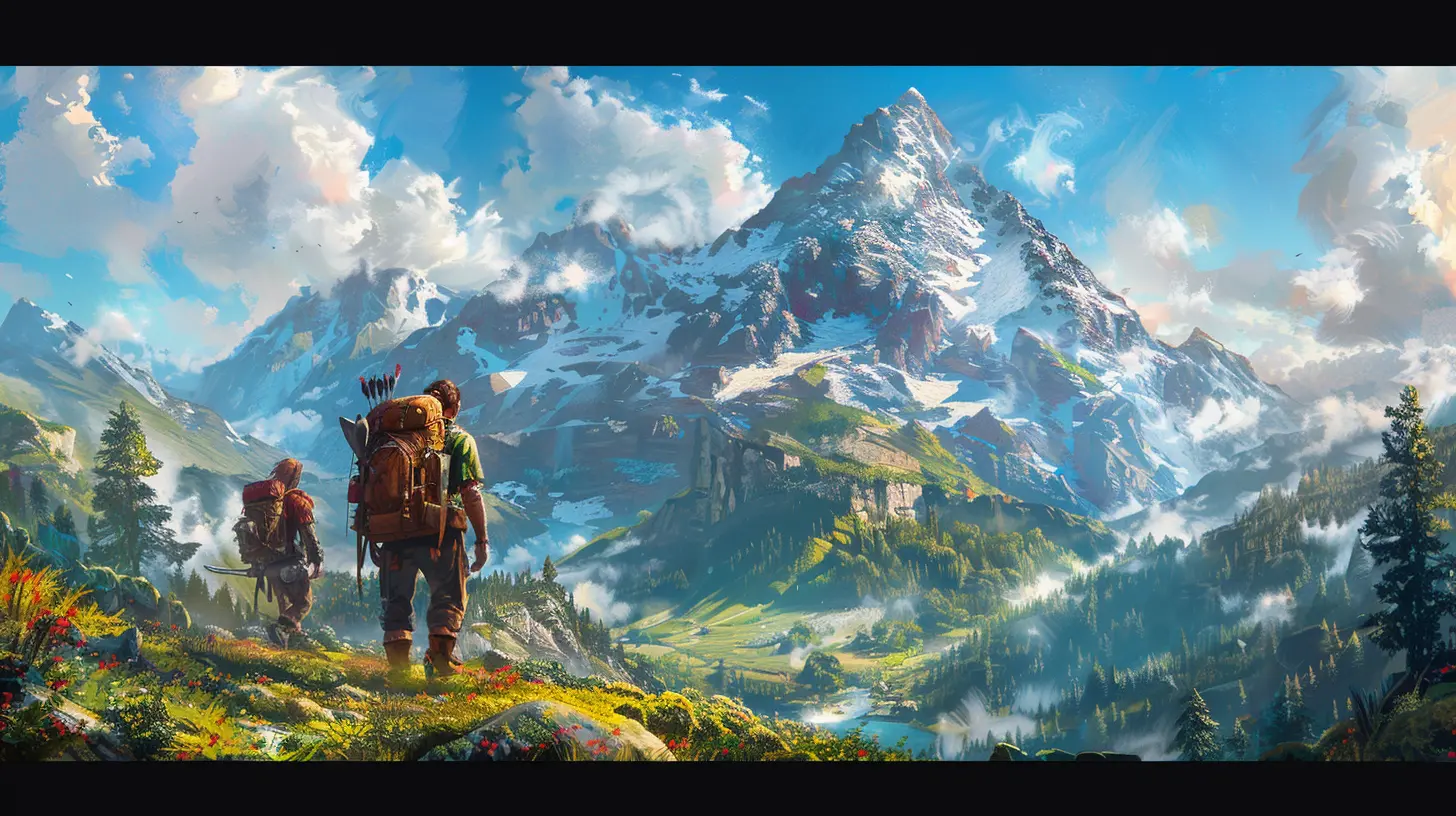
Narrative Modes in Multiplayer: How Games Are Doing It
Alright, enough hype. Let’s look at how devs are actually baking narrative into multiplayer frameworks. Spoiler alert: it’s more than just slapping a cutscene onto a lobby screen.A. Character-Driven Design
We’ve moved beyond generic avatars. Games now give us fully fleshed-out characters with motivations, personalities, and dramatic jazz.Take Valorant. Each agent has their own lore, background, and voice interactions that subtly drop hints about the story. When Phoenix banters with Jett mid-match, it’s world-building on the go.
You’re not just shooting; you’re stepping into shoes that matter.
B. Cooperative Campaigns
Blending co-op with narrative? Chef’s kiss. Games like It Takes Two and Back 4 Blood show that you can have both teamwork and storytelling. And when done well, the emotional stakes feel real.Left 4 Dead may have kicked it off, but the newer generation is refining it. Instead of just surviving waves, you’re surviving with purpose. Characters grow, tensions rise, and outcomes shift based on decisions. That’s not just gameplay—it’s a frickin’ drama.
C. Player-Driven Narratives
Here’s where it gets meta. Some games are handing over the storytelling reins to us, the players. Through choice-driven gameplay, in-game decisions, and emergent storytelling, we’re becoming co-authors.Sea of Thieves, for instance, gives you minimal structure but maximum freedom. Your experience is the narrative. Whether you’re a rogue pirate betraying alliances or a loyal sailor chasing ancient treasure, your story becomes legend—literally.
Player-generated content? Yeah, that’s narrative gold.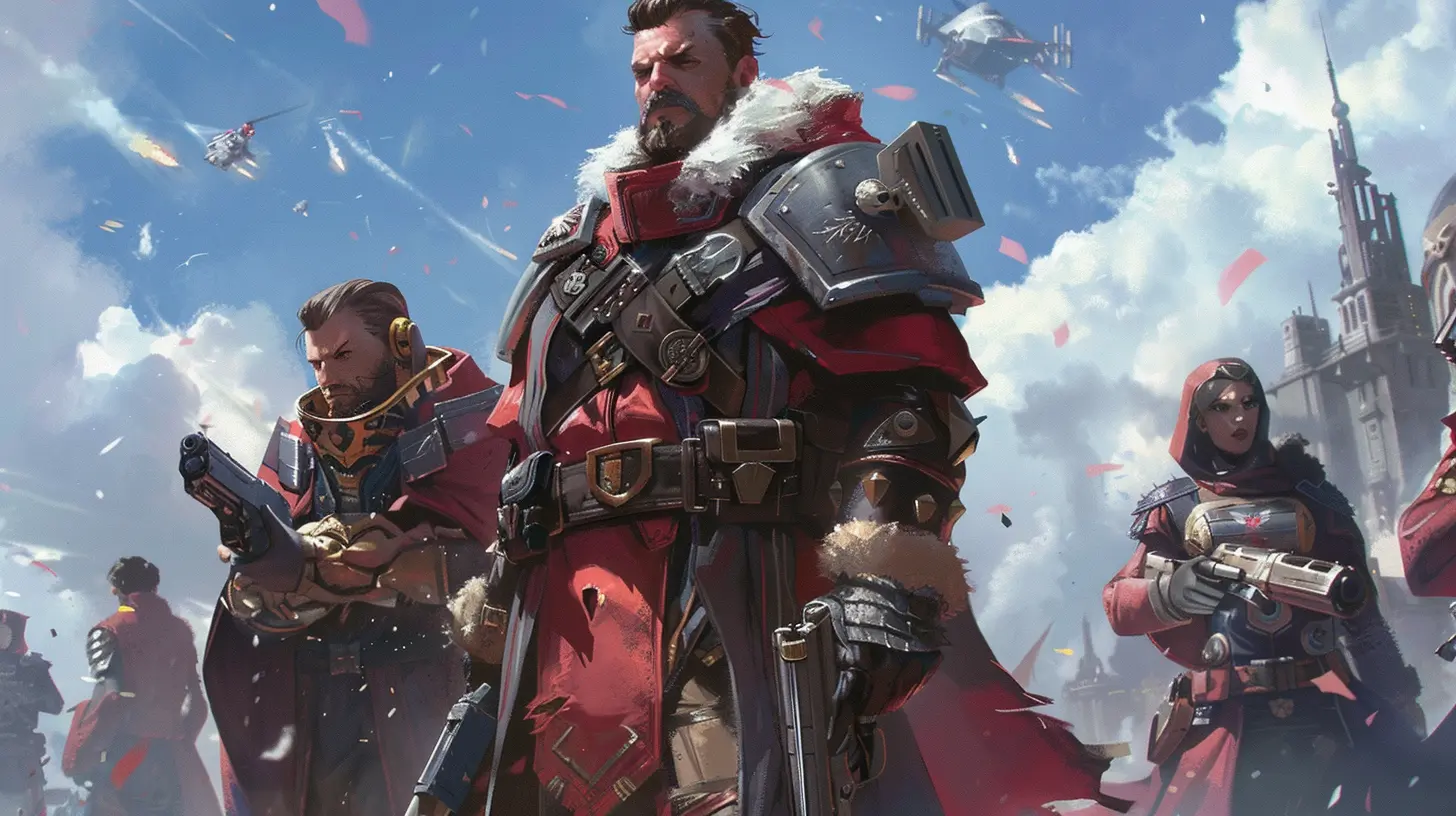
Why Narrative in Multiplayer Works (And Why We Love It)
So, what’s the big payoff for all this storytelling hustle in multiplayer games? Honestly, it’s magic. Intricate, chaotic, character-packed magic.Here’s why:
✅ Emotional Attachment
Let’s be real. When we care about the characters, every match feels personal. You're not just playing a game—you’re playing your story, with your main, your squad, your memories.✅ World Immersion
Narrative makes the world feel alive. It’s not just a set of maps—it’s a universe. Whether you’re on the battlefield, in a spaceship, or looting dungeons, good storytelling makes you feel like you belong.✅ Community Engagement
Fans go wild over lore drops, secret events, and cryptic messages. It keeps the community buzzing, theorizing, and building connections.Just pop into the Apex Legends Reddit during a new season drop. It’s like a conspiracy theorist convention—but for gamers.
The Future is Narrative-Heavy Multiplayer
Look, it’s not just a passing trend. Narrative in multiplayer is here to stay, and it’s only getting juicier.With AI, machine learning, and procedural storytelling on the rise, get ready for multiplayer games where the story reacts to you. Dynamic worlds that evolve based on your choices? Oh, it’s coming.
And let’s not forget the rise of cross-media storytelling. Think transmedia franchises where your in-game choices affect comic books, TV shows, and more. Cyberpunk 2077 is testing the waters. Others will follow.
Final Thoughts: Multiplayer Just Leveled Up
Multiplayer games have gone from button-mashing chaos to narrative-rich playgrounds that rival even the best single-player epics. It's not just about who wins the match anymore—it’s about why you're fighting, who you’re fighting with, and what it all means.Dev teams are writing stories with millions of players as the protagonists and that, my friend, is some next-level storytelling.
So next time you queue up a match, pause for a second. That character you picked has a past, a purpose, and maybe even a secret agenda. Your match isn’t just a game—it’s a chapter in an ever-evolving epic.
Now go out there and make your story unforgettable.
all images in this post were generated using AI tools
Category:
Game NarrativesAuthor:

Greyson McVeigh
Discussion
rate this article
1 comments
Avery Pruitt
Multiplayer games are leveling up storytelling! Who knew epic tales and friendship could go hand in hand?
October 14, 2025 at 3:58 AM

Greyson McVeigh
Absolutely! Multiplayer games blend immersive storytelling with social interaction, creating unforgettable experiences that deepen both narrative and friendship.
